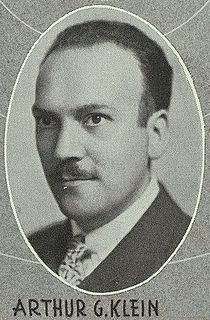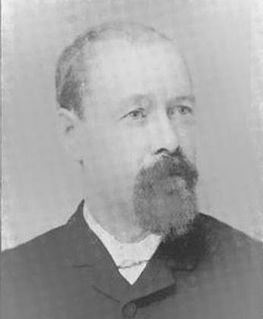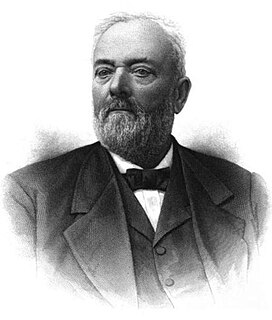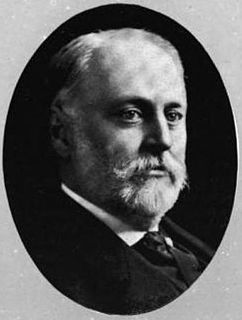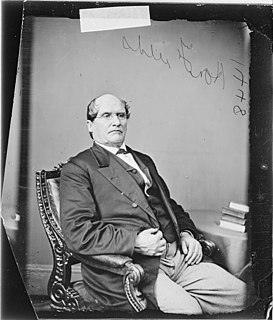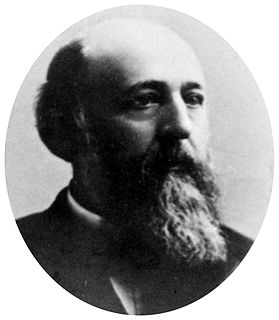
George Van Horn (February 5, 1850 – May 3, 1904) was a U.S. Representative from New York.

The United States House of Representatives is the lower chamber of the United States Congress, the Senate being the upper chamber. Together they compose the legislature of the United States.

New York, officially the State of New York, is a state in the Northeastern United States. New York was one of the original Thirteen Colonies that formed the United States. With an estimated 19.54 million residents in 2018, it is the fourth most populous state. To distinguish the state from the city in the state with the same name, it is sometimes called New York State.
Born in Otsego, New York, Van Horn attended the common schools, the Cooperstown Seminary, and the New Berlin Academy. He studied law. He was admitted to the bar in February 1871 and practiced in Cooperstown, New York.

Otsego is a town in Otsego County, New York, United States. The population was 3,900 at the 2010 census. The town is named after a lake on its border.

Admission to the bar in the United States is the granting of permission by a particular court system to a lawyer to practice law in the jurisdiction and before those courts. Each U.S. state and similar jurisdiction has its own court system and sets its own rules for bar admission, which can lead to different admission standards among states. In most cases, a person is "admitted" or "called" to the bar of the highest court in the jurisdiction and is thereby authorized to practice law in the jurisdiction. In addition, Federal Courts of the United States, although often overlapping in admission standards with states, set their own requirements for practice in each of those courts.
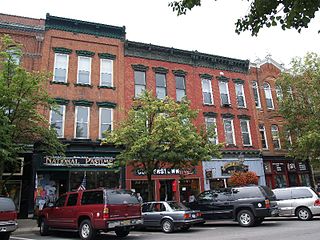
Cooperstown is a village in and county seat of Otsego County, New York, United States. Most of the village lies within the town of Otsego, but some of the eastern part is in the town of Middlefield. It is located in the Central New York Region of New York.
Van Horn was elected clerk of Otsego County in 1881 and reelected in 1884.
Van Horn was elected supervisor of Otsego, and twice reelected. He served as member of the Democratic county committee.
Van Horn was elected as a Democrat to the Fifty-second Congress (March 4, 1891 – March 3, 1893). He was an unsuccessful candidate for reelection in 1892 to the Fifty-third Congress. He engaged in banking, and was vice president of the Second National Bank of Cooperstown, New York, until his death there on May 3, 1904. He was interred in Lakewood Cemetery.

The Democratic Party is one of the two major contemporary political parties in the United States, along with the Republican Party. Tracing its heritage back to Thomas Jefferson and James Madison's Democratic-Republican Party, the modern-day Democratic Party was founded around 1828 by supporters of Andrew Jackson, making it the world's oldest active political party.

The Fifty-second United States Congress was a meeting of the legislative branch of the United States federal government, consisting of the United States Senate and the United States House of Representatives. It met in Washington, D.C. from March 4, 1891, to March 4, 1893, during the third and fourth years of Benjamin Harrison's presidency.

The Fifty-third United States Congress was a meeting of the legislative branch of the United States federal government, consisting of the United States Senate and the United States House of Representatives. It met in Washington, D.C. from March 4, 1893, to March 4, 1895, during the first two years of Grover Cleveland's second presidency. The apportionment of seats in the House of Representatives was based on the Eleventh Census of the United States in 1890. Both chambers had a Democratic majority.

